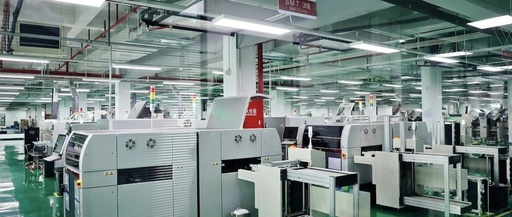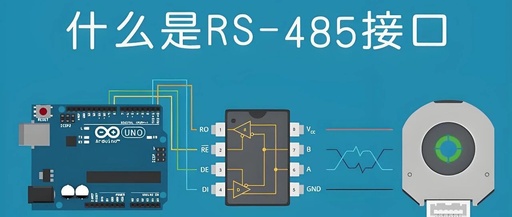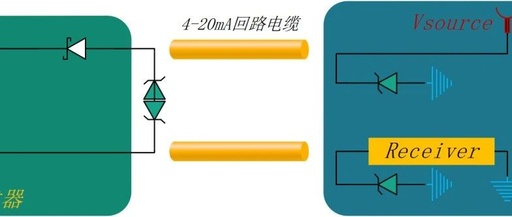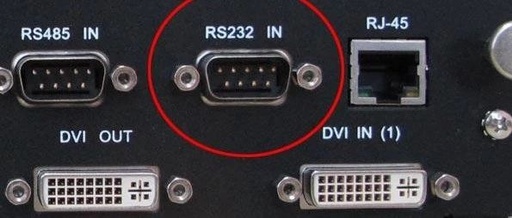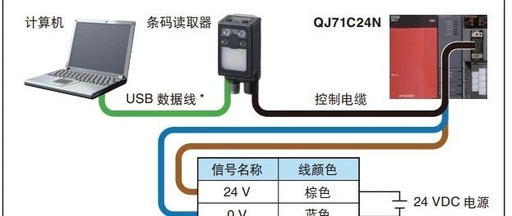Industry Observation | Four Simple Examples of Chinese Companies in the Smart Home Wave
At this hopeful yet challenging juncture, companies aiming to navigate the technological transformation cycle and remain competitive must adopt a grounded approach, taking one step at a time. By | Shi Ran In a factory in Shangyu, Shaoxing, Zhejiang, workers are assembling LED lights. This is the factory of Meike Lighting, a lighting company where … Read more
